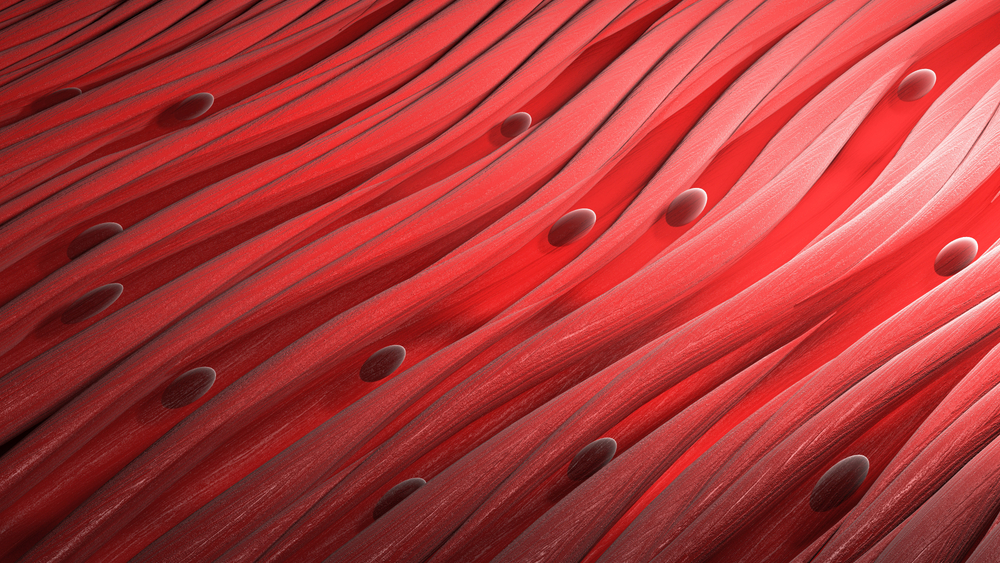Picture a ‘workout mat’ built just for cells, a cutting-edge technology that mimics the mechanical pressures our muscles experience during exercise while inflicting no harm. MIT researchers made this ground-breaking notion a reality, providing hope and new potential for a variety of muscular health applications.
The union of chemical and mechanical signals
Cells in the human body communicate via a complex web of chemical, electrical, and mechanical impulses, particularly during activity. However, in the arena of lab-grown cells, reproducing these delicate mechanical interactions has proven difficult, frequently resulting in cell damage.
According to Ritu Raman, the study‘s corresponding author, “Here, we wanted to decouple the two main elements of exercise—chemical and mechanical—to see how muscles respond purely to exercise’s mechanical forces.”
The magnetic revolution
Magnets were used as a solution by the MIT research team to tackle this problem. They developed a novel chemical by combining commercially available magnetic nanoparticles into a rubbery silicone solution. This mixture was then hardened into a slab before being split into thin bars. These bars served as the foundation for a prototype ‘exercise mat,’ sandwiched between two layers of hydrogel.
The cell ‘workout’ regimen
This novel ‘exercise mat’ served as a platform for muscle cells. When the cells were placed on the surface, they gradually lengthened and joined with nearby cells to create fibers. An external magnet was installed on a track beneath the gel mat and programmed to move back and forth.
As the external magnet moved, the gel-embedded magnets responded, generating forces similar to those experienced during real-world exercise. Over a 10-day period, the cells were ‘exercised’ for 30 minutes every day, while a control set of unexercised muscle cells was kept.
The outcomes were astounding. The exercised cells not only got longer, but they also formed fibers that all moved in the same direction. The control cells, on the other hand, remained round and exhibited random alignment.
“When we shine light on the muscles, you can see the control cells are beating, but some fibers are beating this way, some that way, and overall producing very asynchronous twitch,” he said. “Whereas with the aligned fibers, they all pull and beat at the same time, in the same direction.”
A new era in muscle research
This study has far-reaching ramifications. The magnetic ‘workout mat’ is a simple and non-invasive way to shape muscle fibers and examine their responses to exercise. This discovery could pave the way for the development of medicines to aid in the recovery of those suffering from muscle injuries and neuromuscular illnesses.
“There’s evidence from biology to suggest that a lot of types of cells are responsive to mechanical stimulation,” he said. “And this is a new tool to study interaction.”
The magnetic ‘exercise mat’ developed by MIT researchers opens up a new world of possibilities in muscle research. It not only shows promise for mending muscle injuries and neuromuscular illnesses, but it also promises to reveal the secrets of cell responses to exercise, providing a unique platform for future discoveries and breakthroughs.
Source study: Device— Mechanically programming anisotropy in engineered muscle with actuating extracellular matrices












